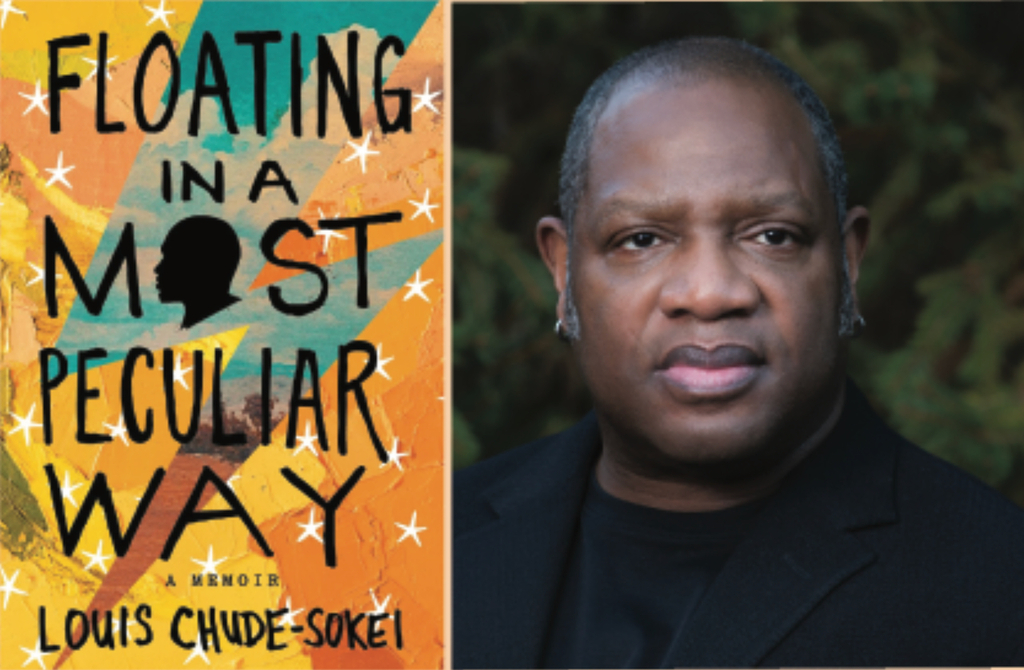For the Love of Rats
Darcie DeAngelo: Assistant Professor, Department of Sociocultural Anthropology, University of Oklahoma
Annie Clark, Tanner Fellow in Environmental Humanities and Environmental Justice
We humans don’t love rats, generally speaking. Ten thousand years ago, after modes of production shifted from prehistoric foraging to more settled types of agriculture, pests coevolved with humans. Over a quarter of the world’s human population still derive their livelihoods from farming as a fulltime occupation while the rest of us depend on this agriculture for subsistence. So do the pests. But that might be overly economically deterministic. Consider the rats themselves. Rats look like pests. Their habits and bodies feed into their stereotypes. They hang out in sewers. Their eyes glow in the dark. They have teeth that chitter and… that tail. Imagine my surprise, then, when I met a group of humans who loved rats. These humans loved rats. I have conducted research on rats for half a decade. My research on rats led me to stories from across the world about human encounters with rats as well as why and how they proliferate so well. From vectors to prey, from enemies to models, to finally beloved, in this lecture I discuss some of the surprising encounters between humans and rats across space and time. Being a rat cannot be understood without understanding being a human, just as being a human cannot be understood without understanding being a rat.


